Insights for Change: Collaboration from the heart
Effective social innovation requires taking a systems change perspective on the problems we face as a society. This means looking at the underlying conditions that might be causing that problem to happen in the first place. It means going beyond treating the symptoms of a problem to shifting the structures, frameworks, and norms that create the problem and allow it to endure. In an increasingly complex world, none of us have a full view of all of the variables at play in the emergence and persistence of social problems, which means that systems change work is best done in collaboration with others.
A new report by CoCreative, The Human Heart of Systems Change, explores the challenges, needs, and opportunities in collaborative systems change work through interviews with twelve network leaders, field leaders, and funders. These conversations surfaced important insights about how the field can evolve to meet our current moment, including adopting a more human, love-based approach – a need that we believe illustrates why faith communities should see themselves as essential players in the work of systems change.
“I don’t think systemic change is possible without collaboration from the heart.”
The report discusses transitioning from a scarcity to an abundance mindset, a difficult task because of deeply rooted cultural norms of individualism and competition, which can be an obstacle to collaboration. In response, practitioners intentionally cultivate abundance mindsets and shared leadership. In practice, this means prioritizing horizontal leadership and collective visioning across geographies and cultures, in order to shift from a culture of individualism towards one of interdependence.
The report also lifts up the undervaluing of “interstitial work,” meaning the coordination and trust-building that holds systems together. Such work is often viewed as administrative, rather than essential, and thus often left unfunded. The report suggests that the field needs tools to treat relationship-building as “strategic infrastructure,” and then language and frameworks so it can be funded as such.
“We have to move beyond mechanical boxes and arrows that emphasize inputs and outputs. We just don’t experience life or systems like that.”
A central theme of the report is the move away from mechanistic, output-driven models toward more relational and adaptive approaches. Leaders expressed a sense of frustration at traditional metrics and a desire for new tools to measure collective success, as well as AI tools to visualize complex systems in more dynamic ways.
The leaders interviewed emphasized the necessity of emotional intelligence, empathy, and care as core competencies—not nice-to-haves—in systemic work. Adaptive leadership, role fluidity, and the emotional complexity of navigating power dynamics are cited as ongoing tensions, alongside a desire for flexible, light-touch processes that center relationships over rigid tools.
“It’s like we’re all tuning our instruments… but the big symphony is coming.”
The report surfaces a need for sustained peer learning, practical support ecosystems, and language that captures the depth and ambition of systems change work. But ultimately, as the field strives toward what the report calls “social symphony,” what’s needed most is not just better tools, but more honest, connected, and emotionally grounded ways of being together in the work.
The report leaves us asking both what role might faith communities have in collaborative systems change work, and what might be transformed in the systems change field if they embrace that role?
Read the full report at CoCreative.
Photo by Farzin Yarahmadi on Unsplash
Insights for Change is our series to pose questions and share short insights (our own and others’) for thinking creatively about faith and social change. They may be full-baked, half-baked, or just a pile of raw ingredients to play with. We hope they start conversation or inspire ideas. We invite you to add your own thoughts, experiences, and ideas to the mix.
